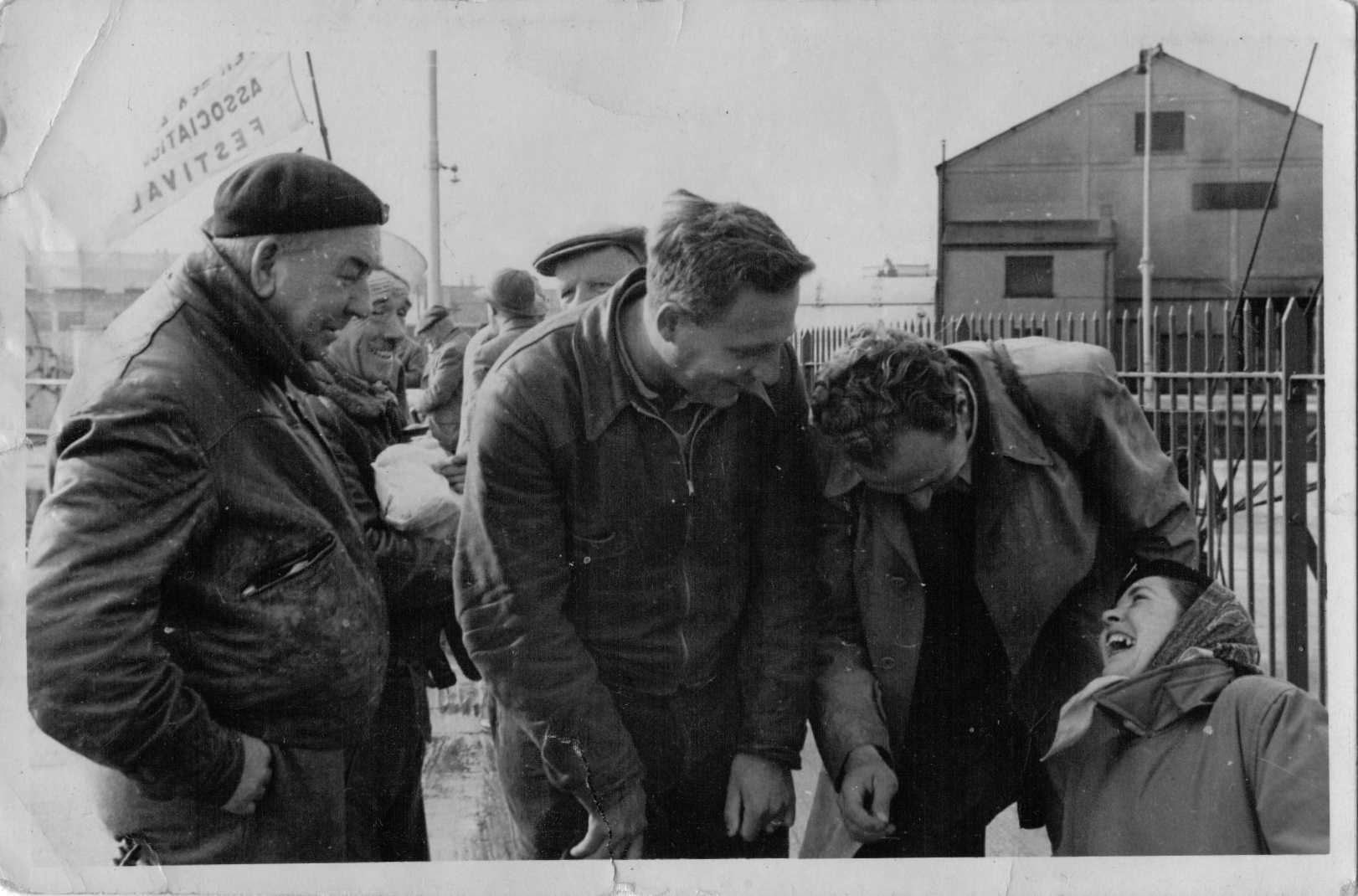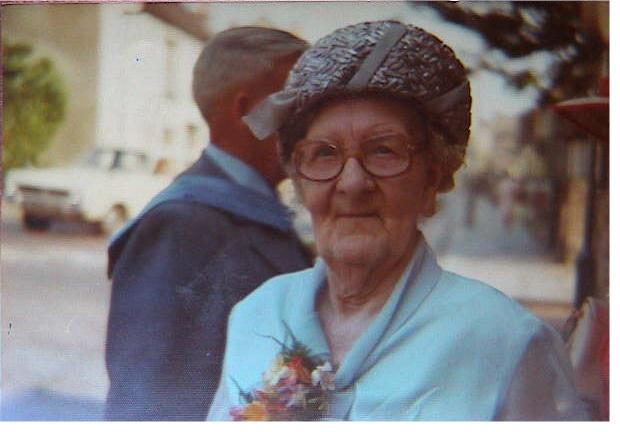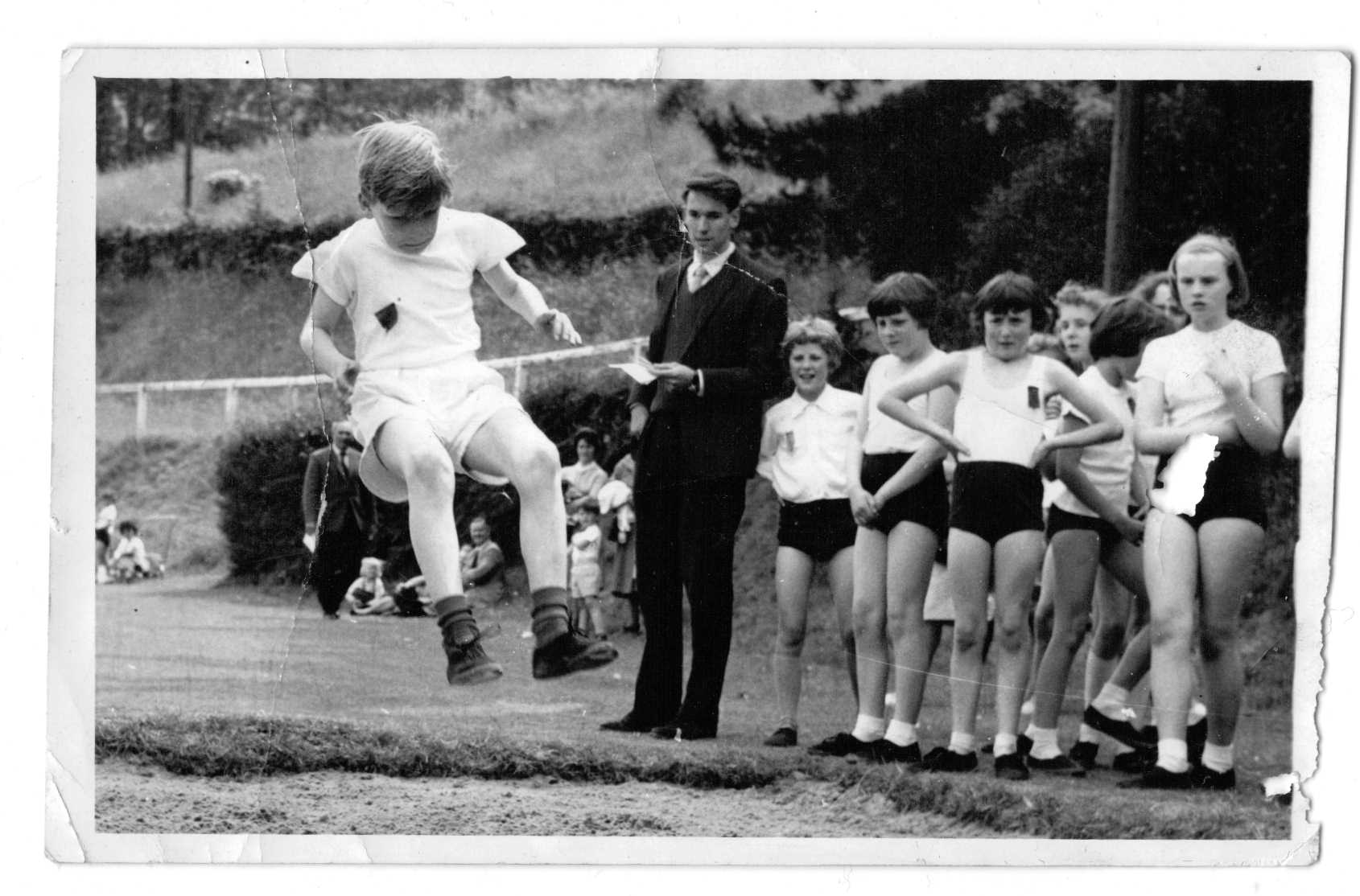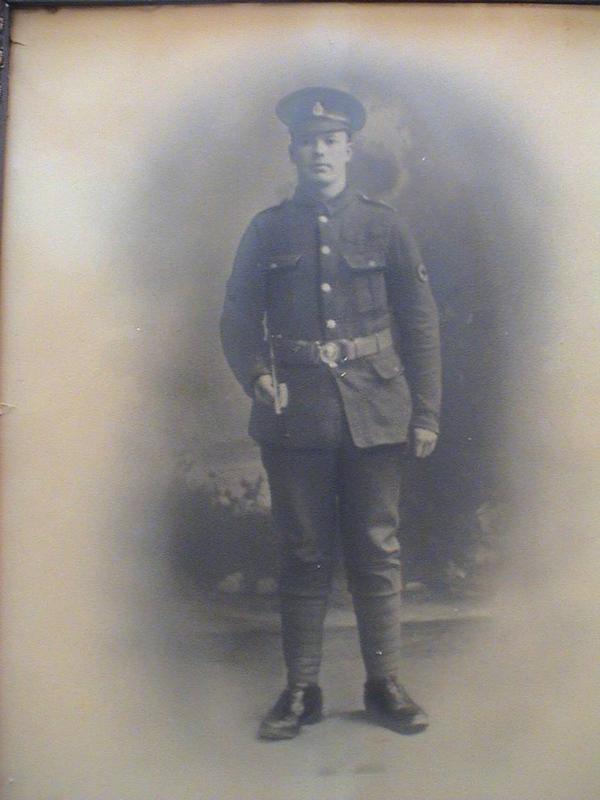My Family history is embedded in the history of Dover itself from Troglodytes in
Dover's famous White Cliffs to the Henley's who lived on Elms Farm in Elms Vale and owned a shop in the High Street on the site of Premus. We will be looking at some of them on this page. Feel free also to look at my Family Tree on the Family History sites available from this site in the navigation menu to the right.
The below is a interview with Peter Burville on the family history of the Burwill/Burvill(e) family who reside in East Kent and whom I am a descendent, this I recorded for Dover Community Radio:
Below is an article on my great-great aunt Ruby Tee (nee Henley) as shown in the Dover Mercury in January 2000. In it she speaks about the family living in Elms Vale at Elms Farm, now the site of the Elms Vale Recreation Ground.


Above: My great-great grandad John Thomas Burwill known locally in Dover as Jack and Pop. He was a channel pilot who helped numerous channel swimmers cross the channel. He lived in Dover between 1890 - 1967. He was born in the East Cliff area of Dover and more can be found out about him on our Channel Swimming page Here.
Alice Whitewood (nee Leveridge)

Alice Whitewood, lived in Effingham Crescent and was a seamstress making dresses for Danny Le Rue. She was mother to Charles Frank who married Pop Burwill's daughter Beatrice May. Alice was born in April 1886 at 9 Neate Street, Camberwell (Surrey) London. She married Henry John Whitewood at Peckham Parish Church on 27th July 1907. She died in 1980 in Dover, Kent and lived in Effingham Crescent. Her husband Henry John Whitwood died in 1944 when bombs fell on Dover's Marine Station. He worked on the railways and died in Dover's Casualty Hospital (now Buckland Hospital) at Buckland Bottom (now Coombe Valley Road).
Below a picture of Alice Whitewood's grandson Robert Whitewood at school in Dover doing the high jump. Robert worked at Dover Museum in Dover and was known in his family as 'Bob' (Photograph family archive):

Frederick Charles Cleaver

Frederick Charles Cleaver (pictured above) was a member of the Medical team of the Royal Welsh Fusdiers. He also fought in Greece at Silonica in 1917-1918 and in the Silonica front.
He was born on the 4th September 1895 in Goodnestone, Kent. His father was Israel Moses Cleaver and his mother Alice Joiner. He died in 1982 in Littlebourne, Kent. He married an Ellen Cleaver known as Nelly. They had several children including Victor James Cleaver born in 1936 who married Barbara Ellen Dennis (niece of Harry Brown above), Sylvia Croud who married a Donald Croud, Frederick Charles Cleaver who married Dorothy A O'Beer (Dolly) and Frank Edward Cleaver who married Dorothy (Colly) Couchman.
Below is Frederick Charles Cleaver's Medal Card showing he was a private in the Royal Army Medical Corps within the Royal Welsh Regiment.
Frederick's family history of the Cleaver family can be traced back to 1788 when a Samuel Cleaver married a Mary Kemp in Herne, Kent.
.jpg?1357919431810)
Charles William (or Charles James) Hall

Charles (above right) was a merchant seaman and was a British prisoner of war on the Altmark. He and many other British prisoners were onboard this German ship that was getting bombarded by British war ships. Charles managed to get onto the deck of the ship and he rang the bell. This told the British ship there were prisoners of war on board. The Germans abandoned ship and the British ship saved the British prisoners of War. He was another one of my families world war heros.
Charles was born in 1877 child of Anne Lydia Norris and Charles James Hall. He died on the 15th May 1945 at the Mary Hougham Almshouses in Deal, Kent. He is my Grandmothers Barbara, Great Grandmothers child. Charles Hall was a British prisoner of war on board the Altmark. This is his picture (Courtesy of Sarah May Little) in the Central Press. It is believed he is the one on the right. Information on the Altmark Incident from Wikipedia: The Altmark Incident (Norwegian: Altmark-affæren) was a naval skirmish of World War II between the United Kingdom and Nazi Germany, which happened on 16 February 1940. It took place in what were, at that time, neutral Norwegian waters.[2] To date it is the last major boarding action fought by the Royal Navy. Background In February 1940 the German supply ship Altmark was returning to Germany with 299 British merchant sailors on board;[4] prisoners of war who had been picked up from ships sunk by the pocket battleship Graf Spee. On its way from the southern Atlantic to Germany, the Altmark passed through Norwegian waters. It was investigated three times on 15 February by officers from Norwegian vessels, who boarded the ship and carried out cursory searches, taking the Germans' word that the vessel was conducting purely commercial business. First the tanker was boarded by the torpedo boat HNoMS Trygg off Linesøy Island, then by the torpedo boat HNoMS Snøgg in the Sognefjord, and finally personally by Admiral Carsten Tank-Nielsen and the destroyer HNoMS Garm in the Hjeltefjord. After the third boarding, Altmark was escorted southwards by torpedo boats HNoMS Skarv and HNoMS Kjell and the guard boat HNoMS Firern. The British prisoners held in the ship's hold reportedly made strenuous efforts to signal their presence, such as shouting loudly and banging on the sides of the hull, to the point where the German crew had to drown out the noise by running winches. However, the Norwegian search parties did not inspect the hold, and allowed the ship to continue on its way. [edit] Interception and boarding Altmark was then spotted off Egersund later the same day by a British aircraft, which raised the alarm in the Royal Navy. The aircraft were stationed at RAF Thornaby, in the North East of England. After being intercepted by the destroyer HMS Cossack, captained by Philip Vian, the Altmark sought refuge in the Jøssingfjord, but Cossack followed her in the next day. After initial attempts to board the Altmark by the crew of the Cossack were blocked by Norwegian naval forces, Captain Vian received the following orders directly from the then First Lord of the Admiralty Winston Churchill: Unless Norwegian torpedo-boat undertakes to convoy Altmark to Bergen with a joint Anglo-Norwegian guard on board, and a joint escort, you should board Altmark, liberate the prisoners, and take possession of the ship pending further instructions. If Norwegian torpedo-boat interferes, you should warn her to stand off. If she fires upon you, you should not reply unless attack is serious, in which case you should defend yourself, using no more force than is necessary, and ceasing fire when she desists.